Revive with Nature: DIY Organic Wood Furniture Revitalizers
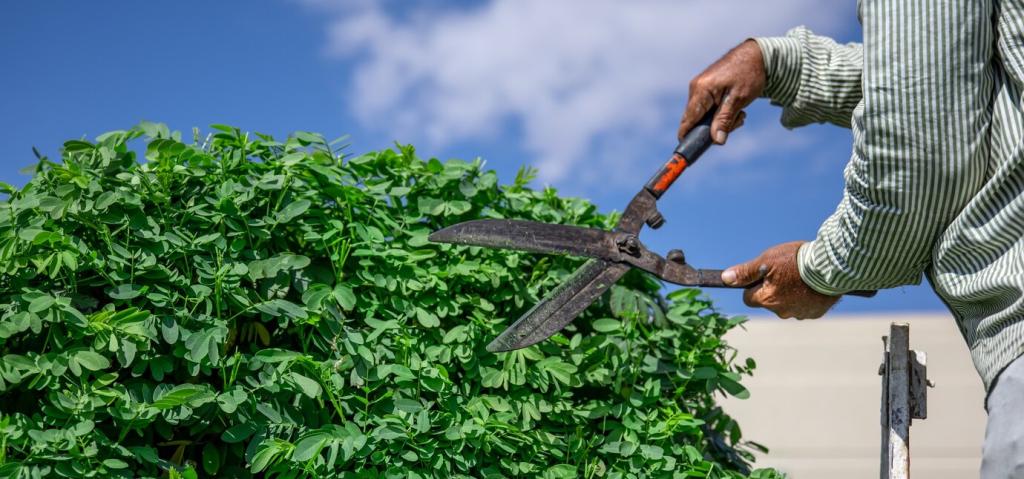

Why DIY Organic Wood Furniture Revitalizers Matter
Plant-based oils and natural waxes skip harsh solvents and strong synthetic fragrances, which can linger indoors. Your furniture receives deep nourishment while your living spaces keep a cleaner breath. Share your sensitivities or concerns below, and we’ll help tailor a gentler approach together.
Why DIY Organic Wood Furniture Revitalizers Matter
Organic ingredients reduce reliance on petrochemical polishes and minimize waste with reusable tins and jars. Every small batch you craft is a vote for longevity: maintaining what you own, honoring its story. Tell us how sustainability shapes your projects, and swap sourcing tips with fellow readers.
Ingredient Guide for DIY Organic Wood Furniture Revitalizers
Beeswax delivers a classic, honeyed finish and gentle hardness, ideal for heirloom pieces. Candelilla wax, a plant-based alternative, creates a slightly firmer balm and is vegan-friendly. Test small batches to find your preferred glide, and tell us which texture feels best under your cloth.
Ingredient Guide for DIY Organic Wood Furniture Revitalizers
Tung and raw linseed oils cure to resilient finishes when applied thinly and allowed to harden. Walnut and hemp oils condition beautifully, though walnut may concern nut allergies. Avoid boiled linseed with synthetic dryers for a truly organic path. Share your drying-time wins and lessons.
Ingredient Guide for DIY Organic Wood Furniture Revitalizers
Cedarwood can help deter moths, orange offers gentle degreasing, and lavender lends a calming scent. Use sparingly to avoid overpowering notes, and always spot-test to protect delicate finishes. What aroma says “home” to you? Suggest blends, and we’ll feature reader favorites in future recipes.
Simple Recipes: From Oil Rubs to Soft Wax
Soft wax balm for effortless buffing
Melt one part candelilla or beeswax with three parts tung or walnut oil using a gentle double boiler. Add two to four drops cedarwood essential oil per ounce, if desired. Pour into tins, cool, then apply thinly and buff. Tell us your preferred oil-to-wax ratio after testing.
Food-contact-safe board and utensil oil
Blend warmed organic fractionated coconut oil with a small portion of organic beeswax to create a light, penetrating conditioner. Avoid nut oils for allergy-prone households. Apply sparingly, let soak, then buff dry. Comment with your cutting board before-and-after; we love practical transformations.
Quick orange-and-olive wood refresher
Combine three parts organic olive oil with one part organic orange oil in a small spray bottle. Mist lightly onto a cloth—never directly on wood—and wipe along the grain. Always spot-test first. Share your favorite quick wins for busy days and we’ll build a collective tip list.
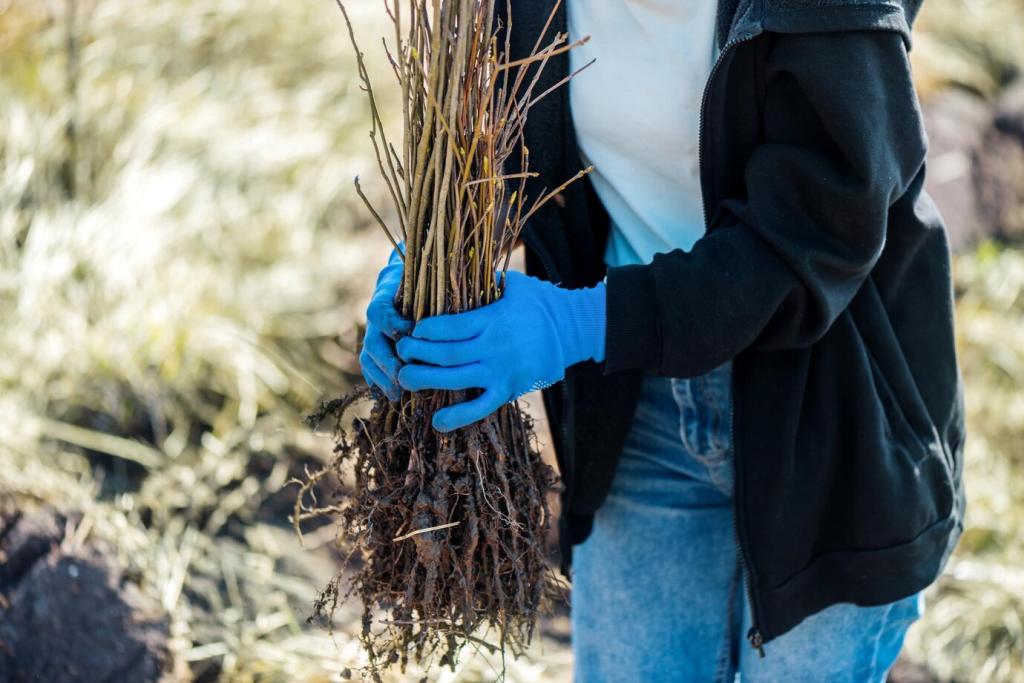
Thoughtful surface preparation
Dust thoroughly, then lift fine residue with a slightly damp microfiber or a tack cloth. For tired finishes, gently burnish with super-fine steel wool (0000), always following the grain. Wipe clean before applying any DIY organic wood furniture revitalizer. Share prep photos to inspire others.
Thin coats, long strokes, patient buffing
Work in whisper-thin layers, guiding the cloth with the grain to avoid streaks. Let each coat set before buffing to a glow. Too much product can dull the sheen. Time your steps, note the sweet spot, and share your timing in the comments for community wisdom.
Cure time and subtle warmth
After application, give oils adequate oxygen and time to polymerize. A slightly warm room often helps even curing. Avoid heavy use during this period. Note your local climate’s effect on drying; comparing conditions helps everyone fine-tune their DIY organic wood furniture revitalizers at home.
Troubleshooting Common Wood Finish Issues

Cloudy or hazy finish
Haze often comes from overapplication. Warm the surface slightly with friction buffing, then add a tiny drop of oil to lubricate and lift excess wax. Wipe clean, let rest, and repeat lightly if needed. Share before-and-after pictures so we can refine the method together.
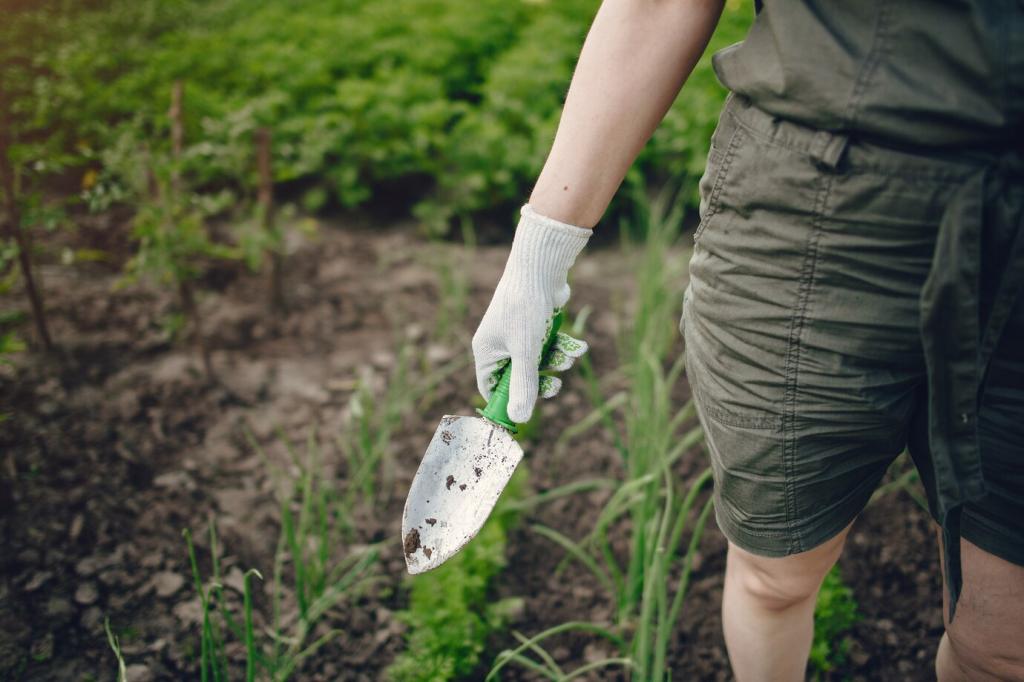
Tacky, never-dry surfaces
Too much product or insufficient cure time can leave stickiness. Wipe back firmly with a clean cloth, allow more airflow, and wait longer between coats. Consider a harder wax blend next time. Tell us your room temperature and humidity; conditions matter greatly for organic finishes.
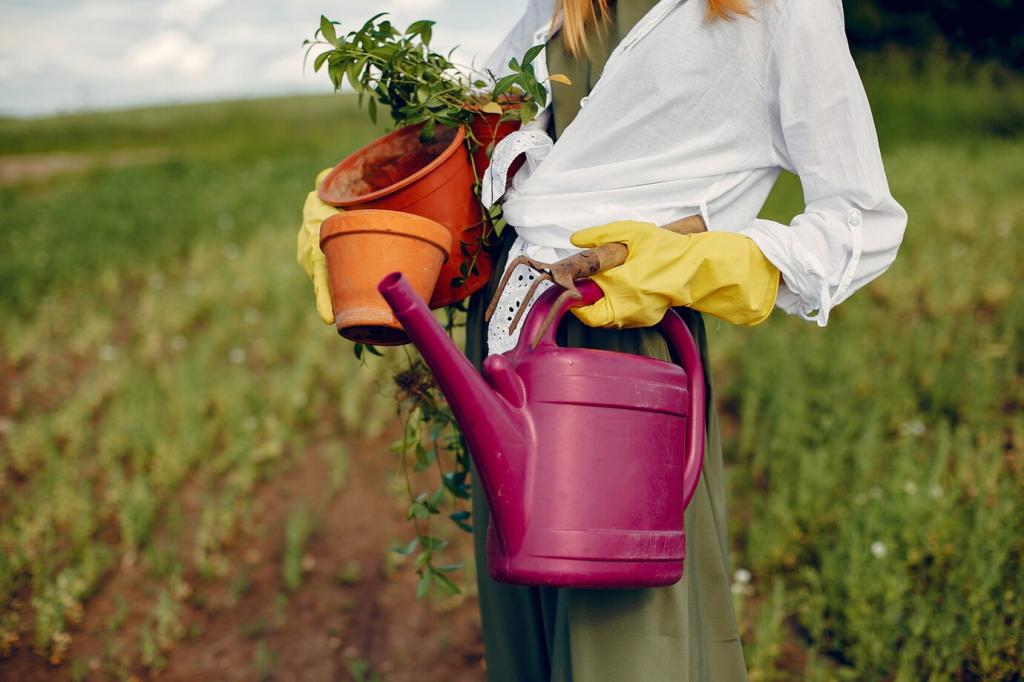
Water rings and small scratches
For fresh rings, cover with a cotton cloth and apply gentle warmth for seconds, then recondition with a light oil-balm pass. For shallow scratches, rub a halved walnut kernel along the grain, then buff. Report your results so we can compare approaches on different finishes.
Labeling and shelf life
Mark jars with recipe, batch date, and ingredients. Store away from heat and sunlight. Oils high in unsaturated fats can turn rancid; refrigerate small batches if needed. Share your storage hacks and favorite container sources to help the community keep supplies fresh and reliable.
Oily rags and fire safety
Rags soaked with drying oils can self-heat. Always lay them flat to dry outdoors, then store in a sealed metal container or dispose properly. Never ball them up. Please remind newcomers in the comments—this simple habit keeps homes safe during DIY organic wood furniture revitalizer projects.
Allergies, pets, and sensitivity
Check for nut allergies before using walnut oil, and use minimal essential oils around sensitive individuals or pets. Cats, especially, can be sensitive to certain oils. Spot-test on inconspicuous areas first. Share your low-scent or allergen-aware recipes to make finishing accessible to every household.
Inspiration: Before-and-After Revivals
Grandma’s oak dresser returns to form
A gentle clean, thin oil rub, then a soft wax and slow buffing released a mellow glow from stubborn dryness. The key was restraint, letting the grain breathe. Have a heritage heirloom too? Post a snapshot and the recipe you’ll try, and we’ll cheer you on.
Thrifted mid-century chair, renewed
Under dust and dullness, teak quietly waited. Two ultra-thin coats of tung oil and a candelilla balm restored that warm, amber depth. The owner kept the tiny nicks—a record of life. Tell us: do you preserve patina, or chase a flawless finish in your revivals?
Community showcase invitation
We want your before-and-after collages, supply lists, and honest lessons learned. Tag your process, note drying intervals, and share what you would change next time. DIY organic wood furniture revitalizers become better through community insight—let’s build a gallery that teaches and encourages newcomers.
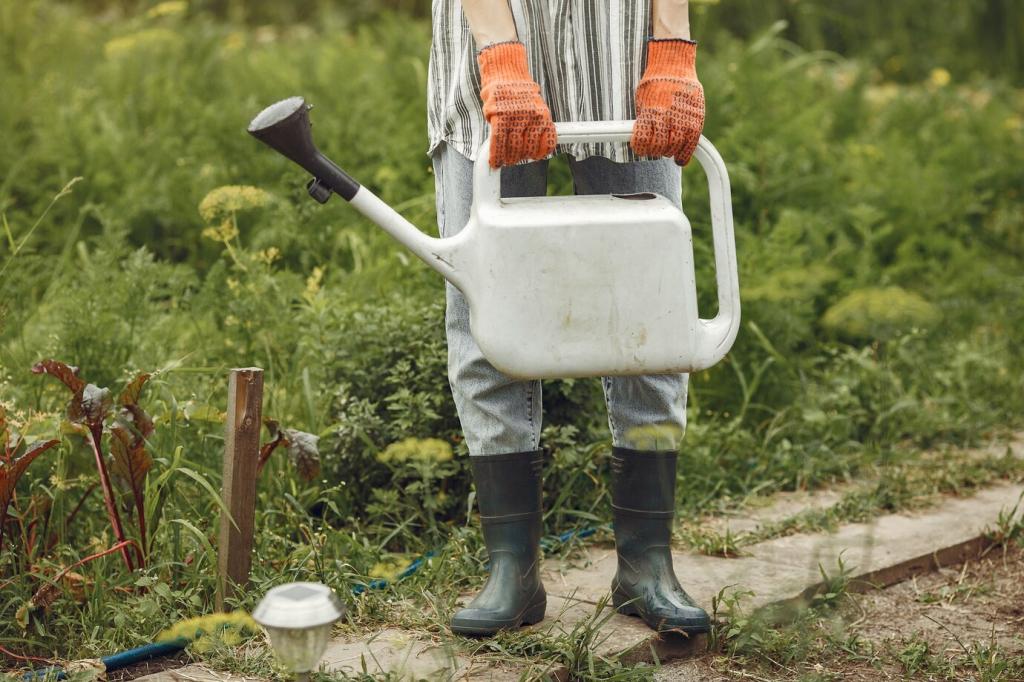
Get new DIY organic wood furniture revitalizers delivered right to your inbox. Expect concise guides, printable cards, and project checklists. Hit subscribe, then tell us which rooms in your home most need a natural refresh so we can tailor future posts.
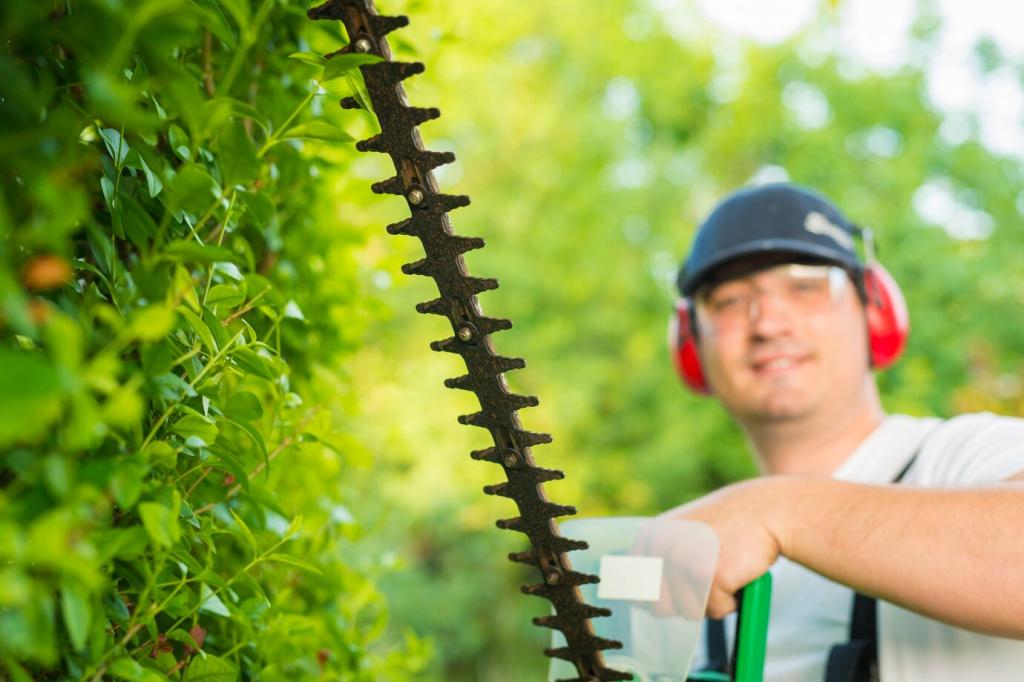
Curious about tung versus walnut oil, or balancing a balm for humid climates? Drop your questions. We’ll answer clearly and invite community insights. Your curiosity shapes our next experiments and helps us improve every recipe shared here together.

Do you have a family polish passed down through generations? Post the method and a photo of the finish. We’ll credit you in an upcoming article dedicated to reader-made DIY organic wood furniture revitalizers and the stories that keep them alive.
